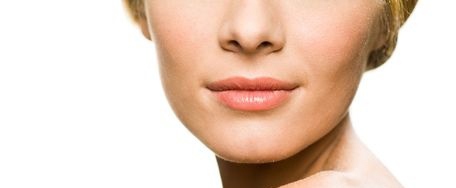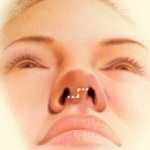After surgery, especially during the first 24 hours, your face will be swollen, with bruising, discomfort around the nose, and likely a headache, which will ease with the prescribed painkillers and anti-inflammatory medication.
You should remain lying down with your head elevated during the first day, except when going to the bathroom. You will notice that the swelling and bruising around the eyes increase, reaching their peak at 2 or 3 days. Applying local cold compresses will reduce the swelling and help you feel better.
It is normal to experience slight nasal bleeding during the first few days. You should avoid blowing your nose forcefully for about a week until the tissues heal. If you have nasal packing, it will be removed within 1 or 2 days, after which you will feel much better. After one or two weeks at most, the splint and any skin stitches, if present, will be removed.
Bruising and swelling will disappear in about 2 weeks, although minimal swelling, barely noticeable except to your surgeon, may last for several months. Most people who undergo ultrasonic rhinoplasty feel well after 2 days and are able to return to their daily activities in about a week.
However, your plastic surgeon will give you specific instructions. Some recommendations will include avoiding strenuous activities such as jogging, swimming, or gym workouts for 2 or 3 weeks, avoiding blows to the nose, avoiding sun exposure for 8 weeks, washing your face, and applying makeup carefully. You may resume wearing contact lenses as soon as you wish, but if you wear glasses, you should take certain precautions.
It is important to keep in mind that your appearance will improve day by day. In one or two weeks, it will not seem like you have undergone ultrasonic rhinoplasty. The improvement will be progressive and gradual, although minimal swelling may persist, especially in the tip, for several months. Your plastic surgeon will see you during the months following surgery to monitor your progress.
A judgment about the result of ultrasonic rhinoplasty cannot be made until several months have passed, approximately up to a year. This is the time needed for the tissues to stabilize and the scars to complete their maturation process.



